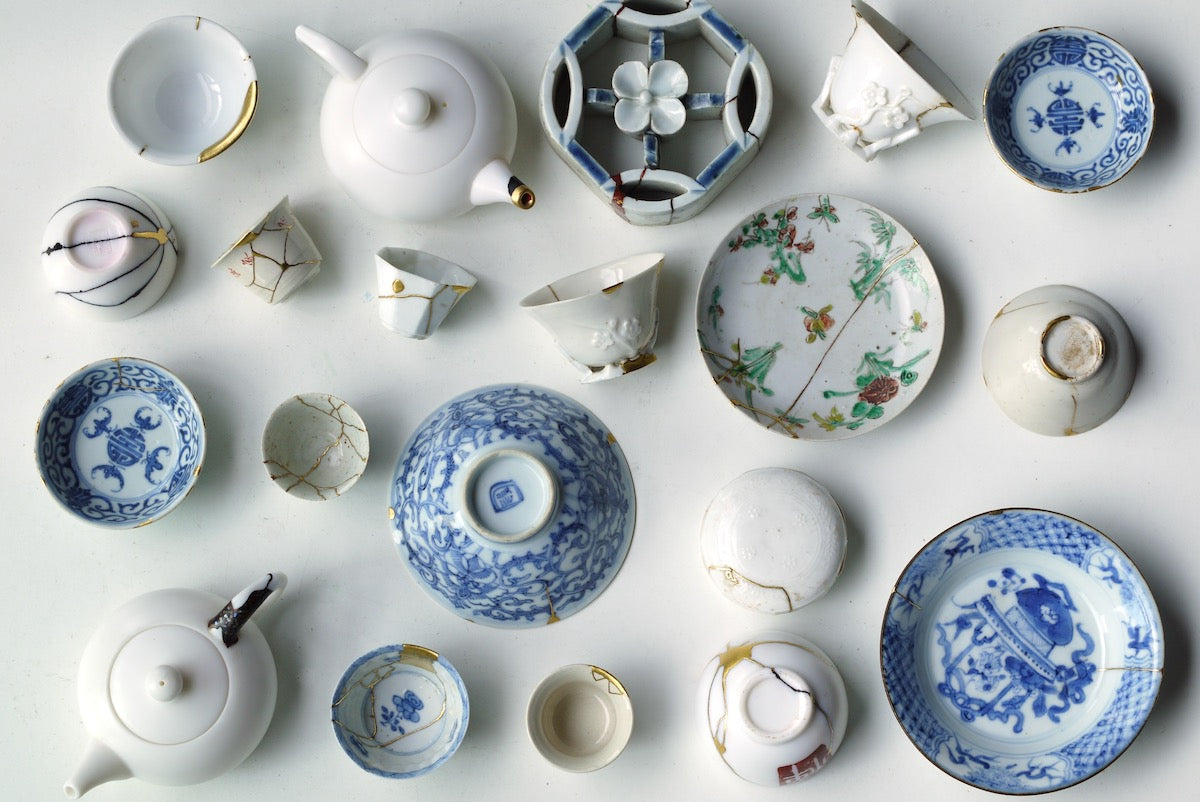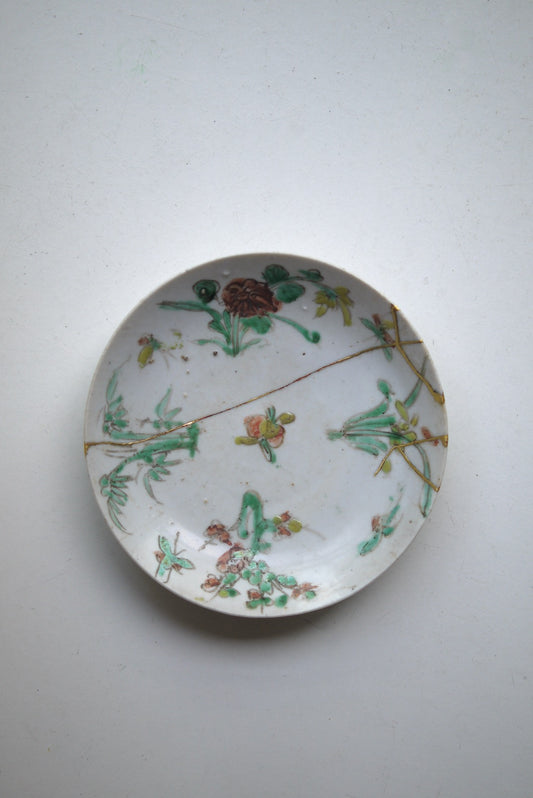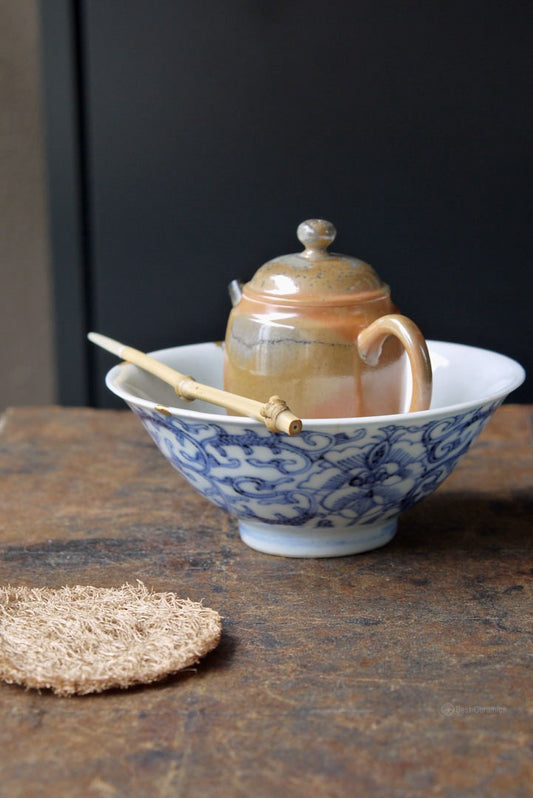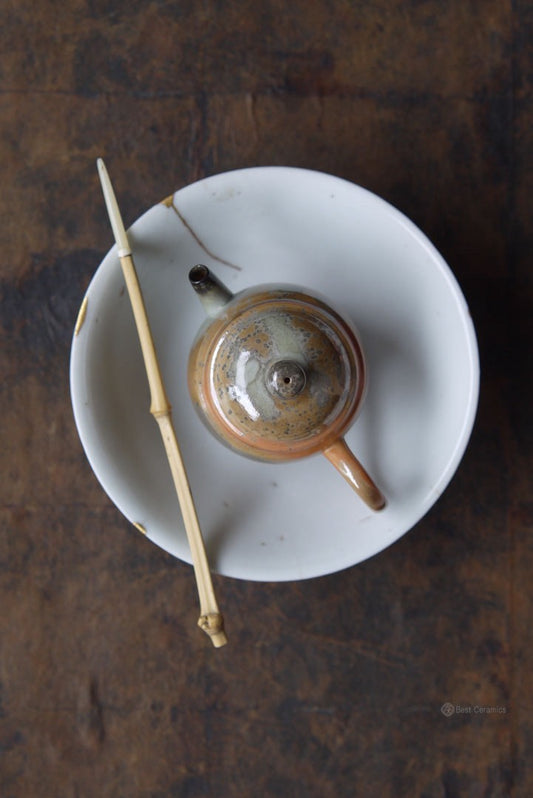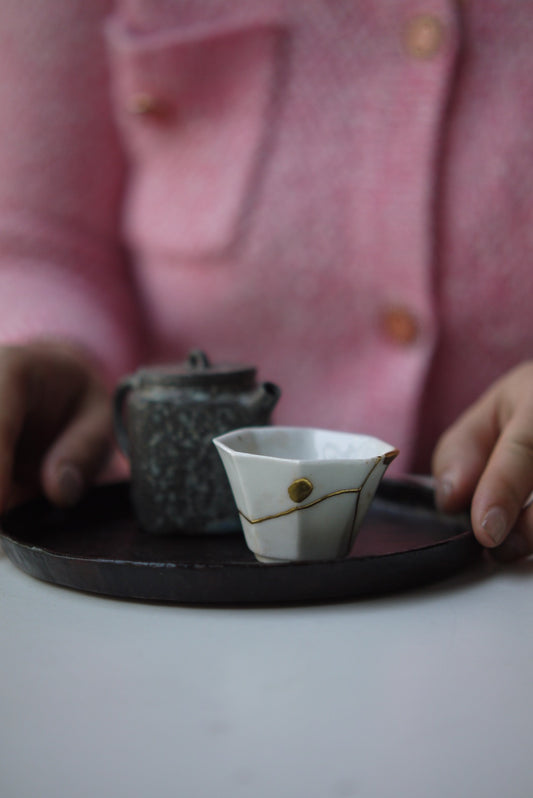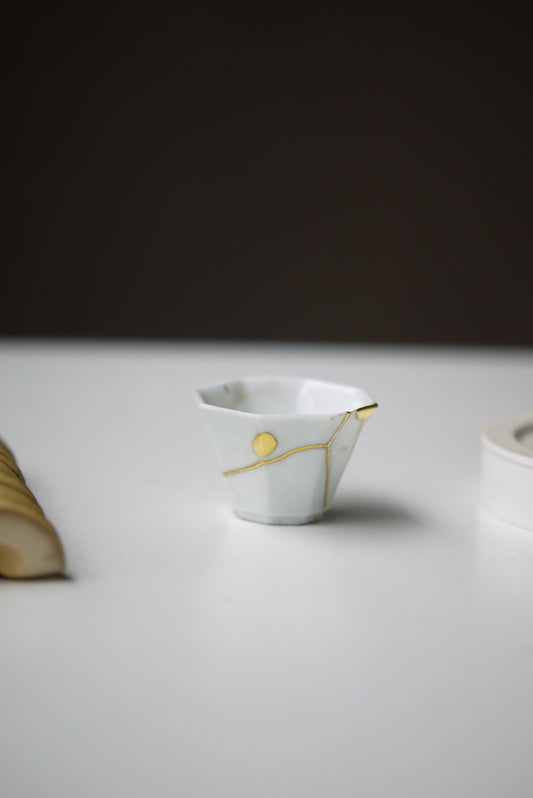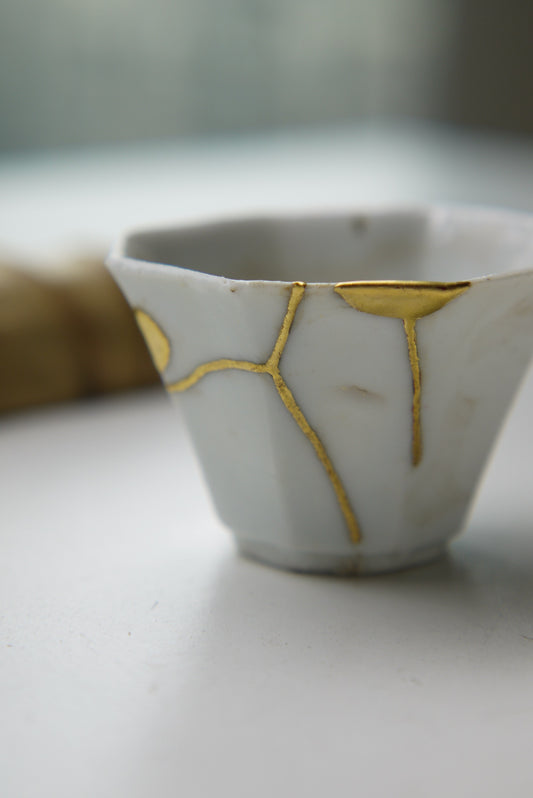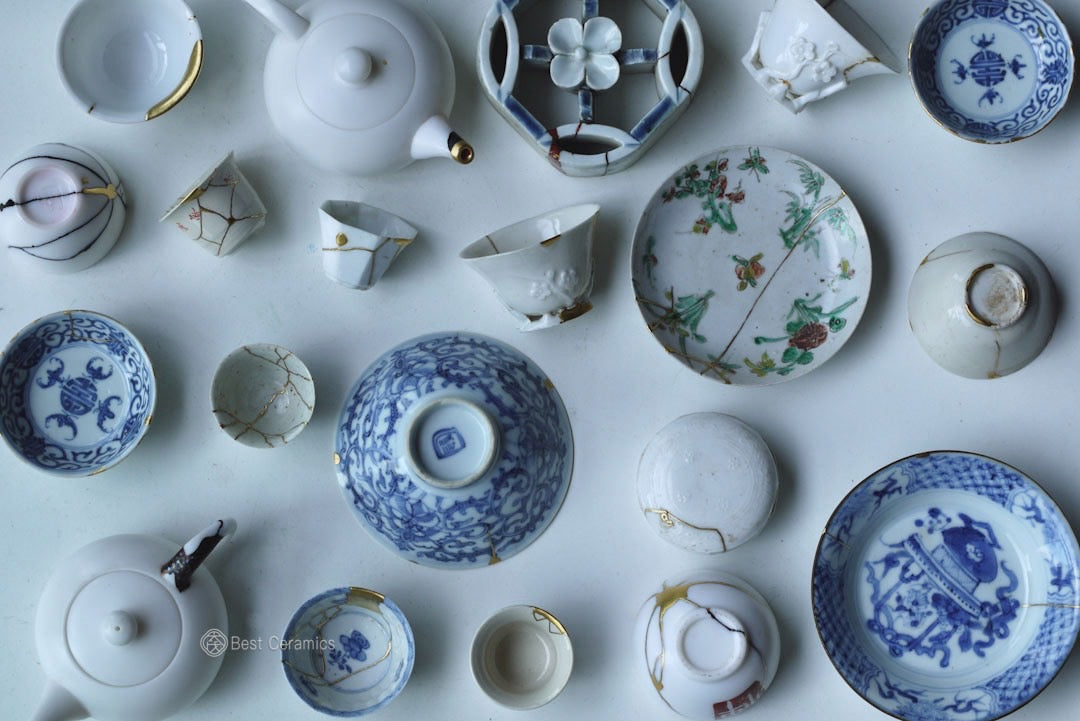
Golden Repairs: The Timeless Beauty of Kintsugi
YuanKevinShare
Kintsugi, known in Chinese as "金缮" and in Japanese as "金継ぎ" or "kintsukuroi," is an ancient and exquisite art form that involves mending broken pottery with a special lacquer mixed with powdered gold, silver, or platinum. This technique not only restores the broken object but also enhances its beauty, creating a unique piece that celebrates its history and imperfections. Originating in China and later flourishing in Japan during the Muromachi period, kintsugi embodies a philosophy of resilience, acceptance, and the beauty of imperfection. This article delves into the historical roots, technical intricacies, cultural significance, and modern adaptations of kintsugi.
Historical Roots
The practice of kintsugi can be traced back to China, where it was known as "金缮" (jīn shàn). However, it was in Japan during the 15th century that kintsugi found its true cultural resonance. The Japanese term "kintsugi" literally means "golden joinery." This art form became particularly popular during the reign of Ashikaga Yoshimasa, the eighth shogun of the Ashikaga shogunate, who was an avid collector of Chinese tea bowls and ceramics. When a cherished tea bowl broke, Yoshimasa sent it back to China for repair, only to be disappointed by the unsightly metal staples used to mend it. This incident spurred Japanese craftsmen to develop a more aesthetically pleasing method of repair, leading to the birth of kintsugi.
Technique and Materials
The process of kintsugi involves several meticulous steps, each requiring great skill and patience. Firstly, the broken pieces of pottery are carefully cleaned and fitted together. A special lacquer called urushi, derived from the sap of the lacquer tree, is used as an adhesive. This lacquer is mixed with powdered gold, silver, or platinum, creating the distinctive golden seams that characterize kintsugi repairs. The lacquered object is then reassembled and allowed to cure, a process that can take several weeks. Finally, the seams are polished to a smooth finish, creating a striking contrast between the precious metals and the ceramic.
The urushi lacquer is crucial to the kintsugi process. This natural resin has been used in Japanese art and craftsmanship for centuries, valued for its durability and glossy finish. When mixed with precious metals, urushi not only bonds the broken pieces but also transforms the object into a unique artwork. The golden seams highlight the fractures, turning the damage into a part of the object's history and aesthetic.
Philosophical and Cultural Significance
Kintsugi is more than just a repair technique; it embodies a profound philosophical outlook that resonates deeply with Japanese culture. The practice is closely linked to the philosophy of wabi-sabi, which finds beauty in imperfection, transience, and the natural cycle of growth and decay. Wabi-sabi appreciates the flawed, the asymmetrical, and the impermanent, celebrating the beauty that comes with age and use.
Kintsugi also aligns with the Zen Buddhist concept of mushin, or "no mind," which emphasizes acceptance of change and the impermanence of all things. By repairing broken pottery with gold, kintsugi practitioners embrace the object's history and the changes it has undergone, transforming its imperfections into a testament to its resilience and endurance.
Modern Adaptations and Global Influence
In recent years, kintsugi has gained international recognition and has been embraced by contemporary artists and designers. The technique has been adapted to various forms of art and design, including furniture, textiles, and even digital art. This modern adaptation of kintsugi highlights its versatility and enduring appeal, making it a powerful symbol of resilience and the beauty of imperfection.
Contemporary artists are not only preserving the traditional techniques of kintsugi but also pushing the boundaries of the medium by incorporating modern materials and concepts. For example, some artists use synthetic resins and alternative metals, creating new interpretations of the classic golden seams. This blend of tradition and innovation ensures that kintsugi remains relevant and appreciated in today's art world.
The philosophy of kintsugi has also found its way into modern psychological and philosophical discourse. It is often used as a metaphor for healing and recovery, emphasizing that scars and imperfections are not something to be ashamed of but rather something to be celebrated. This perspective has made kintsugi a popular subject in discussions about mental health and personal growth, offering a refreshing perspective that celebrates resilience and the beauty of the imperfect.
Cultural and Artistic Significance
The cultural significance of kintsugi extends beyond its aesthetic appeal. It tells a story of resilience and renewal, making it a poignant metaphor for human experience. The practice of kintsugi not only repairs objects but also conveys a message of hope and transformation, teaching us to embrace change and find beauty in the scars of our past.
Kintsugi's influence can be seen in various cultural and artistic contexts. It has inspired literature, poetry, and even modern psychological practices. The idea that something broken can be repaired and transformed into something beautiful aligns with broader cultural themes of resilience and renewal, making kintsugi a powerful symbol of hope and healing.
Conclusion
Kintsugi, with its rich history and profound philosophy, continues to captivate and inspire people around the world. From its origins in China to its popularization in Japan and its modern adaptations, kintsugi embodies the idea that brokenness can be a source of beauty and strength. The art of kintsugi teaches us to embrace imperfections, to find beauty in the process of repair, and to appreciate the unique history of each object. In a world that often values perfection and newness, kintsugi offers a refreshing perspective that celebrates resilience and the beauty of the imperfect.
Resource:
-
Kintsugi repair technique enjoys new golden age - The Japan News
https://japannews.yomiuri.co.jp/culture/art/20220324-15555/ -
“Kintsugi: the Poetic Mend” by Bonnie Kemske
https://asianreviewofbooks.com/content/kintsugi-the-poetic-mend-by-bonnie-kemske/ -
Repair and Recycle: Practicing Kintsugi with Conservators | Unframed
https://unframed.lacma.org/2021/08/04/repair-and-recycle-practicing-kintsugi-conservators -
Kintsugi | History, Pottery, & Facts | Britannica
https://www.britannica.com/art/kintsugi-ceramics

